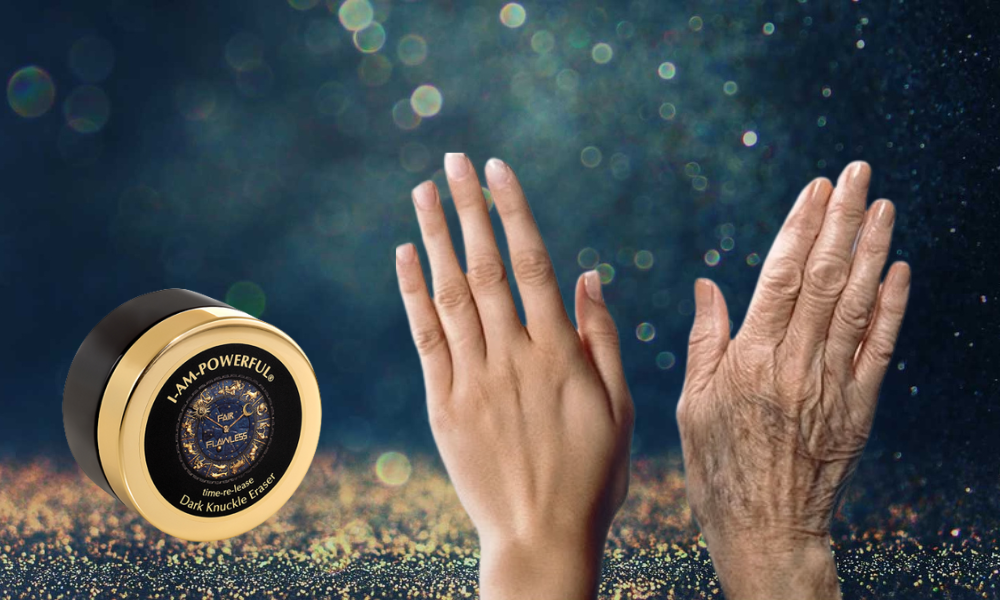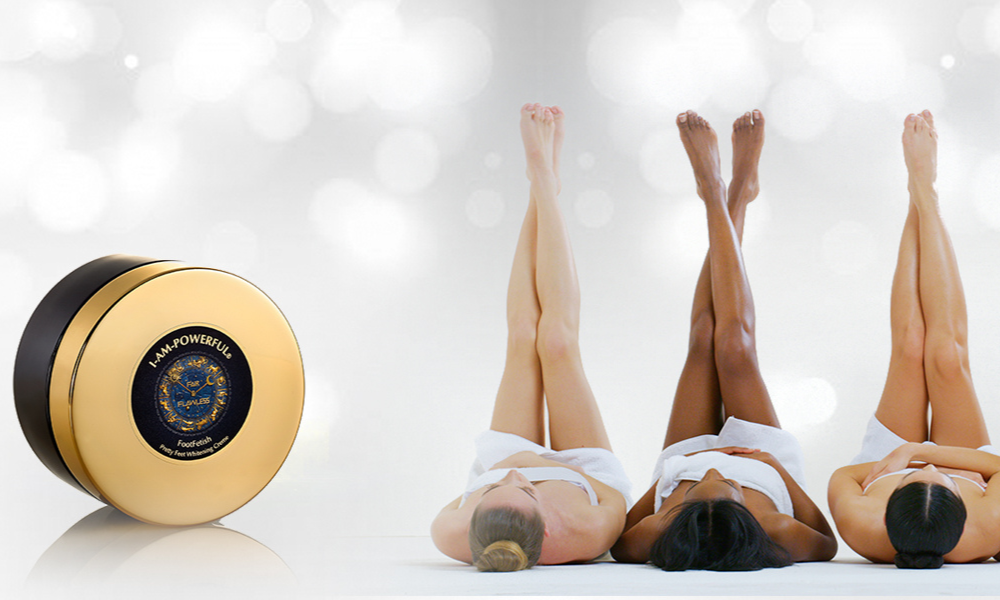How to Get Rid of Facial Discoloration: Natural vs. Chemical Treatments
When you have discoloration on your body, you can easily cover it up. But what if it’s on your face for all to see? Hiding facial discoloration with makeup is a good short-term solution, but you ultimately want something more permanent. Here’s how to get your clear, gorgeous skin back!

To eliminate discoloration, you can treat it with chemical or natural treatments. Here are your options and what you need to know about them.
Chemical Treatments
Although not exactly chemical, microdermabrasion and laser treatments are definitely invasive. They basically remove the top layer of your skin to reveal healthier, pigment-free skin underneath. You might need a few sessions of the treatments to get the best results and the treatments do come with side-effects, such as sensitivity, redness, tightness or even post-inflammatory hyperpigmentation. This is when the skin experiences darker spots as a result of the invasive treatment.
That chemical peel you love to get not only exfoliates your skin so that it can look fresh and healthy, but it can also help to eliminate your discoloration. This is because pigment accumulates in the surface layer of skin, so a chemical peel removes both dead skin and pigmentation. However, the after-effects of a peel can be annoying: you might encounter redness and flaking of the skin. More intense chemical peels make use of stronger acids, and they require local anaesthetic so you’ll need up to 10 days for your skin to recover afterwards. This is not always practical.
There are skin-lightening products that contain chemicals to eliminate your pigmentation. Although these are often marketed as being a quick-fix solution, they do come with risks. You could experience irritation, allergic reactions, or other health problems. This is because most of what you apply to your skin gets absorbed by the body, so toxins can affect your health in many negative ways. There is also the risk of chemicals causing new pigmentation because abrasive chemical products can irritate the skin.

Natural Treatments
Retinol has become quite the hype in skincare and it can also be used to treat dark spots on your face. Retin-A, a product of retinol, is derived from Vitamin A and what makes it effective is that it speeds up skin cell turnover, eliminating those pigmented skin cells. However, you should only use it in the evenings as it makes your skin more sensitive to the sun. You might encounter increased skin sensitivity, dryness or peeling. For some people, Retin-A is too harsh and can cause more of these side-effects, so it’s not for everyone.

Although some people still focus on chemical skin lighteners, thinking these are more effective and work faster, natural skin-lightening ingredients are just as powerful when treating pigmentation on your face. There are homemade recipes you can find on the internet that work, but these take longer to give you results. The better option is to choose natural skin-lightening creams that have been formulated by experts.
A good idea is to choose a skin cream that contains a blend of natural skin-lightening ingredients, such as lemon extract, green tea extract, and kojic acid, to nourish and clear your skin of pigmentation without the negative side-effects! You can find this blend in products such as Skin Soho Facial Lightening Parfait that feels luxurious on your skin while successfully treating your pigmentation problems. Use of these natural creams is also practical as they are not invasive and easily form part of your daily skincare routine.
There are many ways to treat pigmentation on your face but it’s important to be gentle with your skin. Caring for it with natural ingredients is the best way to eliminate discoloration while ensuring your skin is radiant with health.










